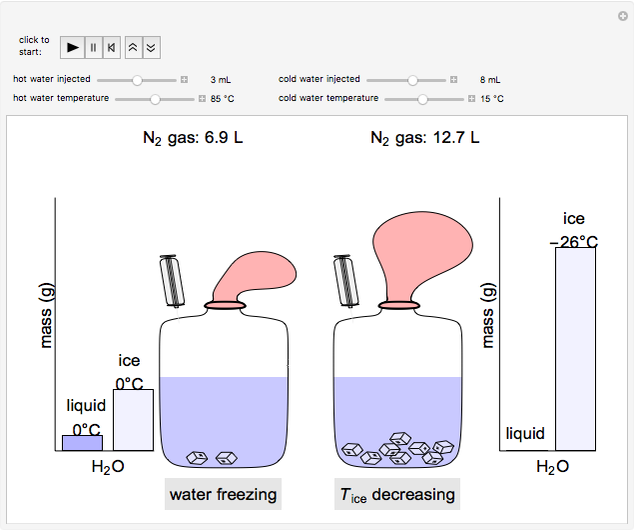

The trapped droplet expands as it vaporises and increases the internal pressure. These systems add a droplet of liquid nitrogen and trap it by immediately capping the bottle.


We supply the liquid nitrogen (LIN) needed for the LIN dosing systems commonly used in bottling facilities. In addition, it is inert – thus protecting the drink against oxidation, which can lead to drink spoilage and lost revenues. When liquid nitrogen vaporises, it expands to 682 times its liquid volume. Nitrogen is the perfect medium because it is available in liquid form. This problem can be avoided by pressurising the bottles. With thinner walls, weak bottles at the bottom of a pallet buckle under the weight of the bottles above, creating unsafe conditions and costly product losses. However, doing so has reduced the weight of PET polymers in the bottles, resulting in thinner, weaker bottle walls.Īfter filling, bottles must be stacked so they can be transported to customers. Over the past 20 years, plastic bottles have become thinner in line with environmental and cost pressures. Manufacturers of non-carbonated beverages (water, juices, teas, etc.) generally rely on PET (polyethylene terephthalate) to make their drinks bottles. PLASTINUM Dynamic Temperature Control with CO₂ PLASTINUM Gas Injection Moulding with Inner Cooling Washing up liquid 1 × glass bottle 1 × balloon 1 × length of rubber tubing. PLASTINUM Gas Injection Moulding with CO₂ A few litres of liquid nitrogen 1 × bunch of flowers 1 × small bowl. SOLVOX® aquaculture hose & ceramic diffuser Hydrogen Applications for Chemical Production Pure oxygen for efficient ozone generationĪdvanced Temperature Control of Injection Moulds Neutralisation and remineralisation with carbon dioxide Our experimental results are roughly consistent with previous calculations for cooling in air and in water (although constant heat transfer coefficients were used in these calculations), but cooling rate in liquid nitrogen is only 1.82.3 times that in ‘static’ air, and slower by a factor of 2 than calculated by previous authors. Inerting, purging, sparging, pressure transfer Heating, Ventilation & Air Conditioning (HVAC)


 0 kommentar(er)
0 kommentar(er)
